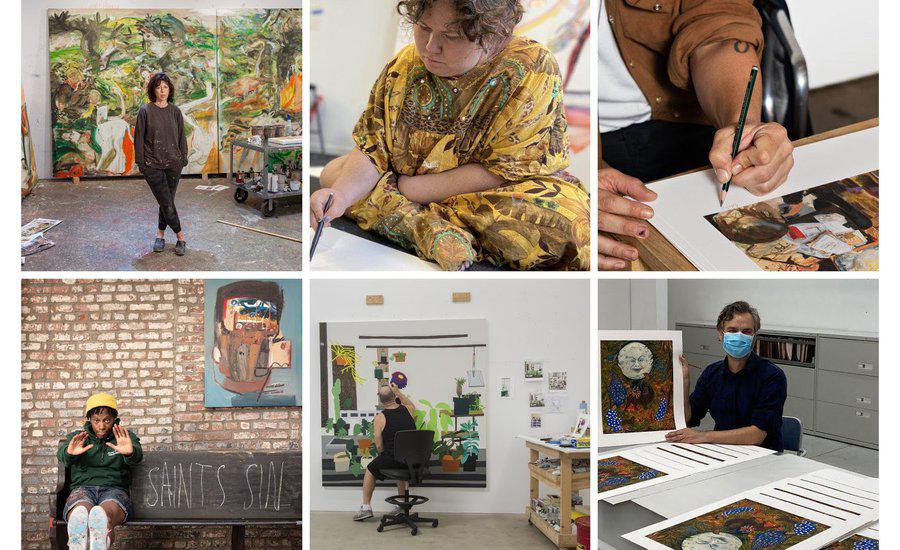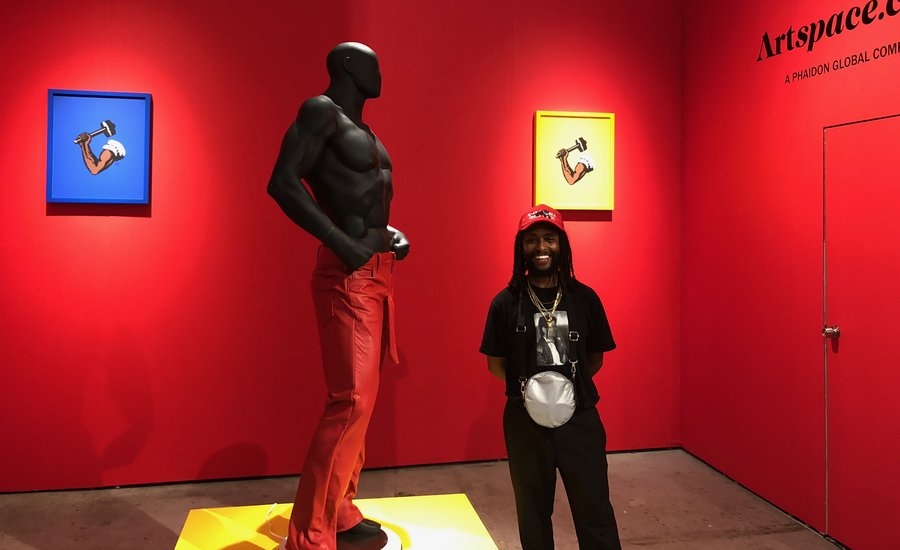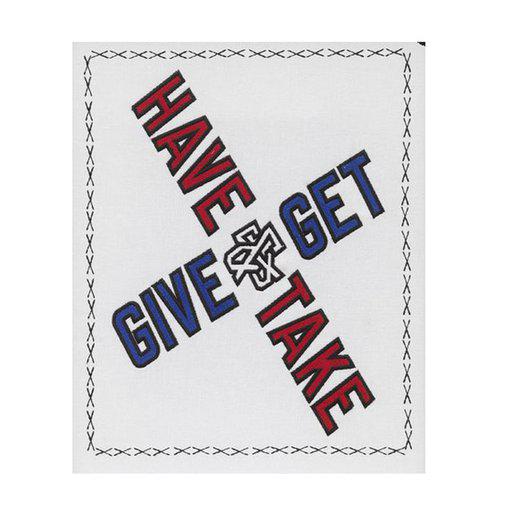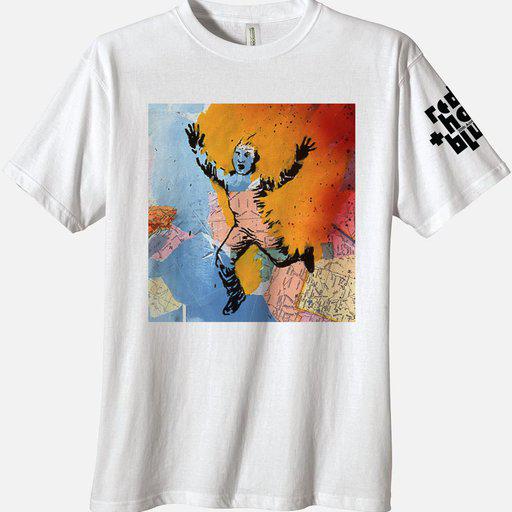There have been many great moments in Artspace’s first ten years, but we’re particularly proud of the work we’ve done with fine artists, producing exclusive prints. As we prepare to mark our first decade, we’re taking a moment to look back on those editions, and the insights offered by their creators at the time of their release. Here are ten we particularly liked, but really there were too many too choose. At the end of the story you'll find links to some more edition insights we just didn't have room for here. We have some more big names coming this year so keep an eye on Artspace.com and follow us on Artspace to ensure you don't miss out.
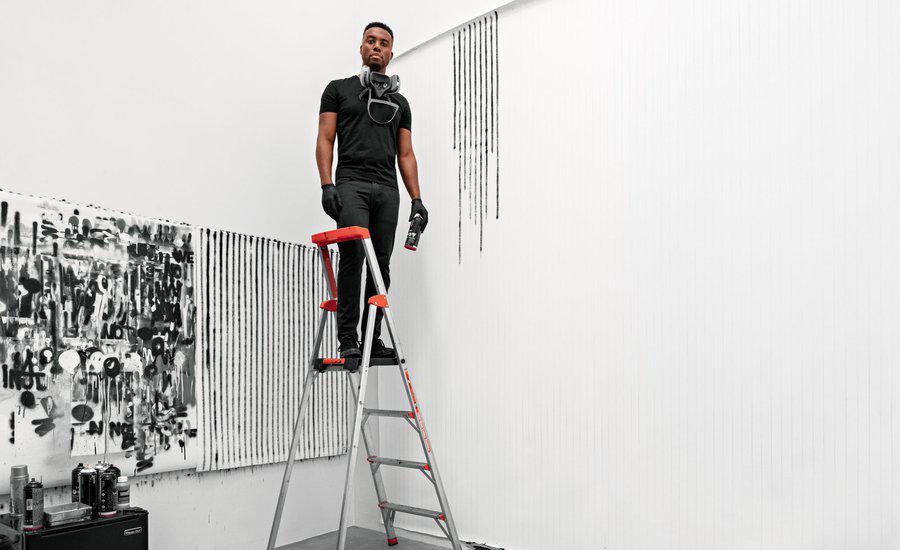
Adam Pendleon has fairly clear ideas as to how his edition fits into a domestic space “This work has an immediate effect. Its stark black-and-white character is definitely one of the first things that people notice about it. But it also withholds. It involves an image of a mask, and that is part of a mask’s function: to withhold, or to withdraw. And so, it’s sort of difficult, uncanny, and I am tempted to say haunting. It does not recede, but it also does not give itself over to you completely. Its presence likely takes up more space than you would imagine, in spite of its modest scale."
ADAM PENDLETON - Untitled (Mask), 2020

Marcel Dzama’ s fairly austere upbringing spurred on his artistic abilities . “I grew up poor working-class and a latchkey kid so my inexpensive hobby was drawing – luckily, I was obsessed with it. I would be drawing from the minute I came home from school until I went to sleep. Also, I grew up in Winnipeg and the winters there are very harsh so you can really only do indoor activities. Art was definitely my escape from those cold winters. As a teenager, my family suffered a house fire and I lost most of my possessions - including my pet rabbit – thankfully no one else was killed. The insurance company put us at an inn by the airport, called the Airliner Inn, where I did drawings on the hotel stationary of house fires, people in the hotel, and ghost rabbits. Drawing got me through this very low point in my life.”
Marcel Dzama with his Artspace edition, The Illumination of the sisters of paradise, 2020

Christina Quarles sees people a little differently “I often think about how we are at a disadvantage of knowing ourselves as the cohesive and legible person we so readily observe in others. When I see another person, I see them in their entirety—a whole body with that which we prioritize above all else, a face. But, in that same interaction, I see myself as a jumble of limbs and my face remains just a memory of something I’ve seen flattened and reversed in the mirror that morning. Furthermore, in that same interaction, I am only seeing how this other person acts in the context of being in front of me. We all know that we behave differently throughout the day, and our behaviors and mannerisms change depending on the context we are in and the dynamic of our encounters. And so, yet again, because I know myself as existing on a continuum of fluctuating behavior and I know you always in the singular context of our relationship, your sense of cohesion will seem much greater than my own.”
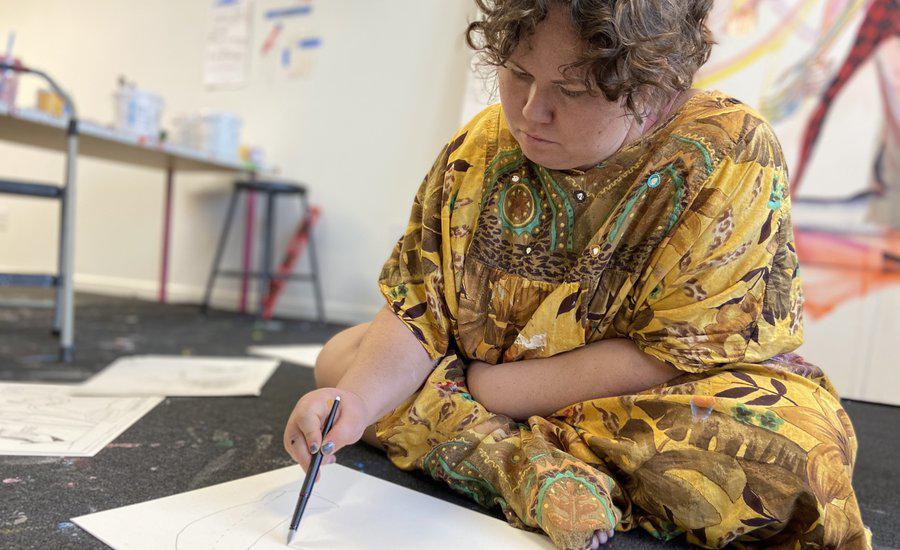
Jonas Wood ’s edition depicts a space that seriously drove his career forwards “I thought I’d get out of grad school and find a job teaching. Even when I was in grad school I never really thought about showing my work and selling it. Once I graduated and moved to Los Angeles, I saw the ecosystem and was like, "Oh, I think I could show my work and make money." So after my first big show, I took the money to rent this big studio and gambled; I needed to just keep propelling myself forward. But I definitely never anticipated this kind of exposure or interest. That's the studio I had for ten years. I rented it from Ed Ruscha.”
Jonas Wood at work in his studio, Los Angeles, 2018

Cecily Brown drew on quite a risqué source for her Black Paintings series “The source was something I’d drawn from a lot, for years - late 19th century erotica. The image came from a book of erotica I’d had since the 1990s.
Cecily Brown - Black Painting 1, 2020

I’d always been struck by this image of the supine nude - male or female - often androgynous. And often with a dream or kind of nightmare above them. It’s very romantic and harks back to Fuseli and the Victorian painters."
Cecily Brown, New York, 2020. (c) Cecily Brown - photo by Danna Singer
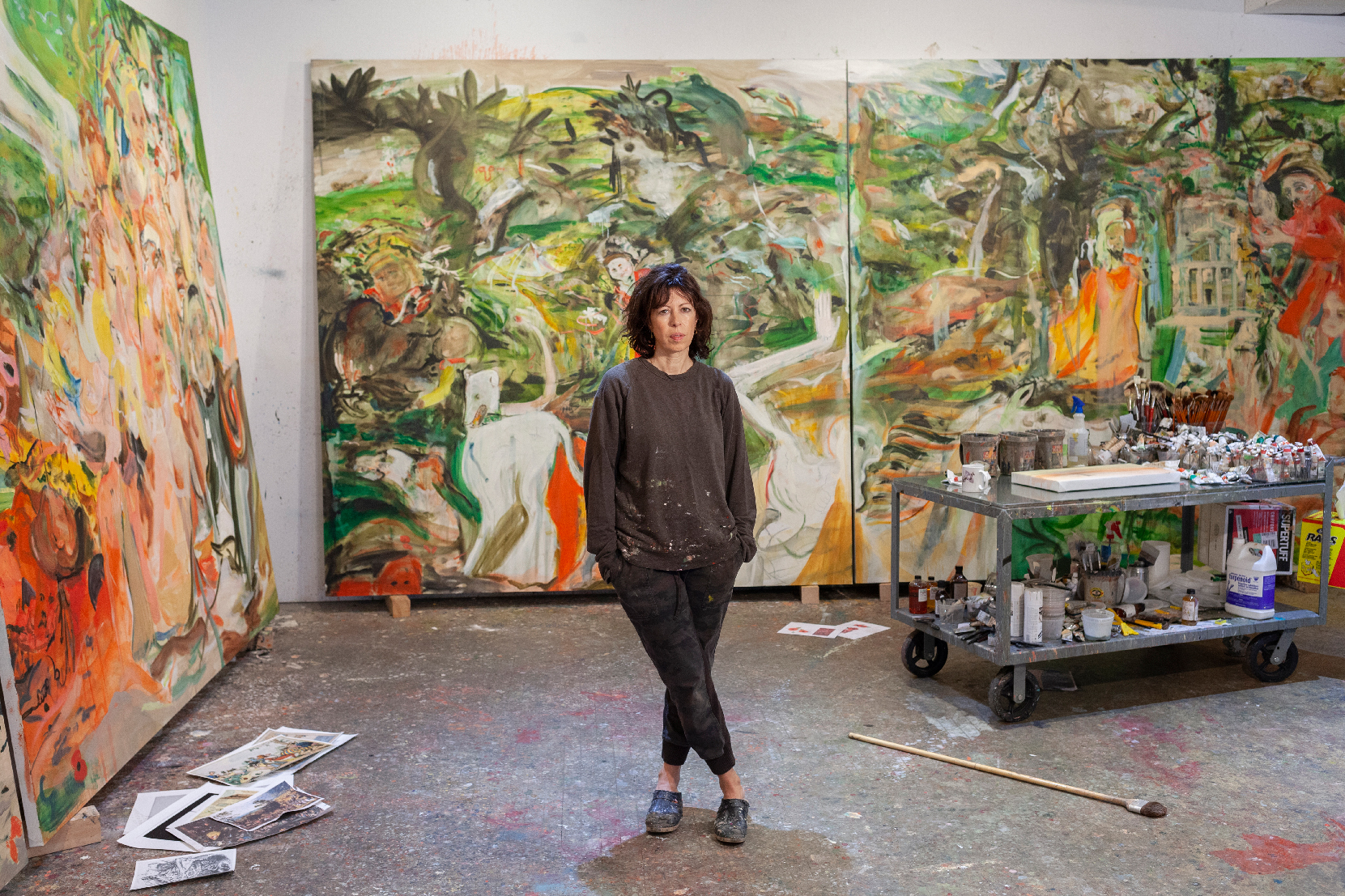
Eric Fischl ’s paintings don’t depict a definitive vision of American life, but, instead a specific side of the American dream “I have aspired to capture ‘a’ reality and it is a reality that is an aspect of a certain kind of American life. It is more about class; the middle class I grew up in. That class no longer exists in the same way that it had. When I grew up it was a transitional class, full of potential to move upward and out of it. It was a class that lived off images of false promise and misrepresentations of equality. Its delusions, disappointments and materialism were the most fertile soil for me and my generation that grew up in them.”
Eric Fischl - photo by Ralph Gibson

Awol Erizku channels Josef Albers “I did my BFA at Cooper Union, and a lot of the teachings there extend from the Bauhaus. Our foundation year was all about Josef Albers. It was there that I started to pay attention more and more to the way I used my colors. It's hard not to embrace the masters. When I do installations now, color-play is as important as the works themselves; I don't do any shows that are just white-walled spaces anymore. I like using color as a way to bring context, and also as a way to charge space. It's not even for the sake of setting it apart, but just to allow it to exist in a different place.
Awol Erizku at Artspace's booth at NADA Miami
Sarah Morris believes luxury goods offer a kind of waking dream “Taste and luxury are extremely flighty things, very difficult to pin down. What you’re really consuming is not the thing. It’s actually some weird dream around the thing. It’s not even the brand. It’s this weird dream about a future self. When you think about having several glasses of champagne, it’s not about the brand or the opening of the bottle but the state of mind that you’re in. It’s this idea of what you’d be doing while you’re consuming these things. It’s a very strange dream that they’re spinning, and it changes every decade. It’s not really clear what it is that they’re selling.”
Sarah Morris in her Long Island City studio - photograph Scott Rudd
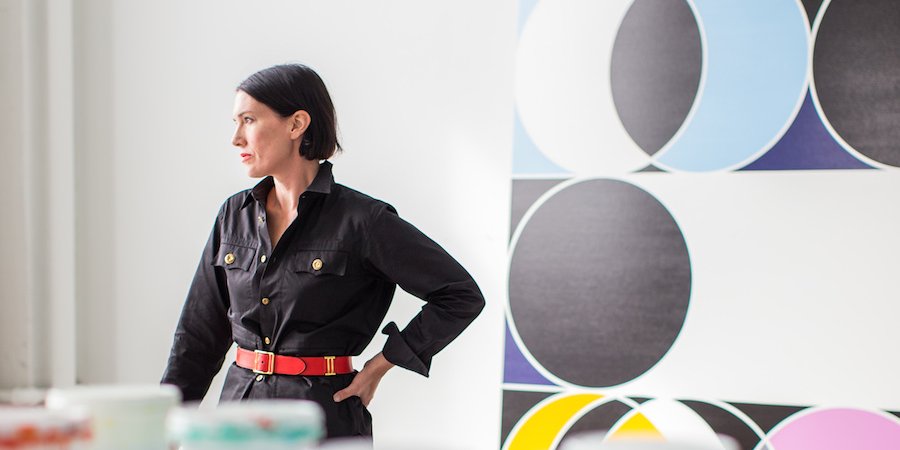
Genesis Tramaine does truly commune with angels . “They’re my friends, my people. I really don’t have words for it. If you pray to God you kind of look weird. None of it is a physical existence, so once I accept that I don’t care how crazy I look. . . I am a ‘Jesus freak’ I am ‘mad about God’ that’s true. So the best expression I have for the visions is you might see a cloud, I see something else. If you’re watching CNN, Tramaine might be seeing something else.”
Genesis Tramaine photographed in her studio with Black Woman University by Lance Brewer
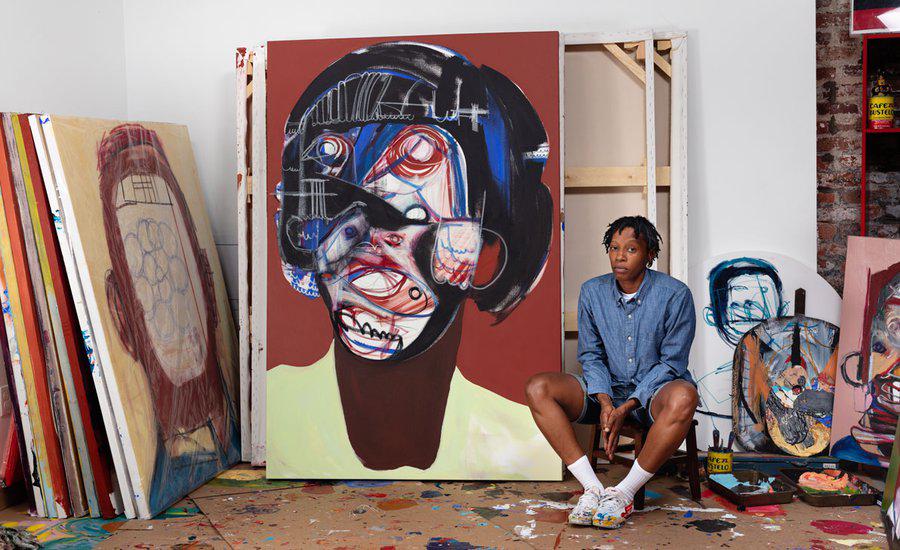
Tomi Ungerer ’ s wartime experiences informed his mid-century protest imagery “The Nazis woke up the anger in me, but on the other hand I was exposed to the propaganda of the greatest genius ever, which was Dr. Goebbles. The best way to fight your enemies is to fight them with their own weapons. So, in a way, my Vietnam posters used the same kind of shock effect that I was brought up with. It’s really quite ironic that I should say such a thing, you see.”

Sarah Sze is best-known for her sculpture, but she also really prizes drawing “Drawing is so immediate. Drawing is often the first step of sculpture, of music, of poetry, the first mark, a very simple, very primal first step. It has the fragility of the touch. It has the immediacy of the hand. And drawing inherently contains a kind of potential, which I think is very important.”
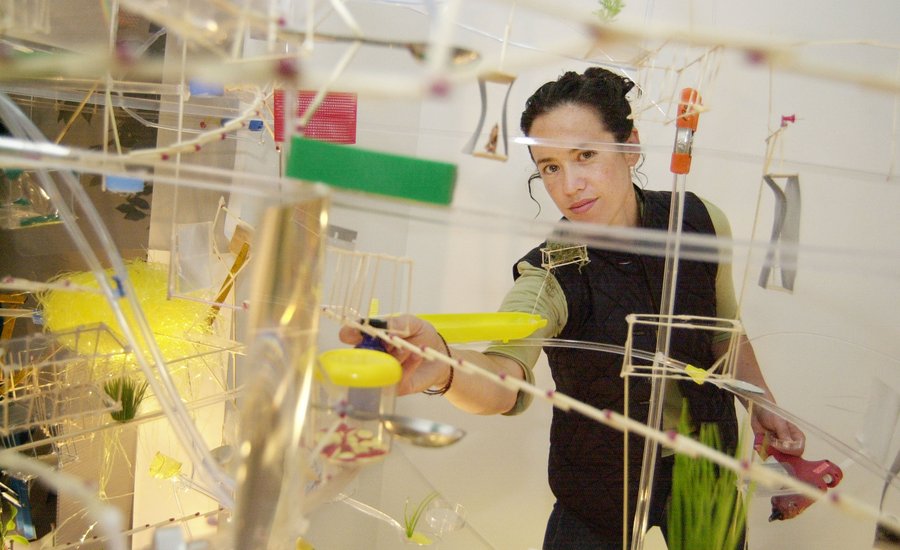
You can find out more about Artspace editions, exclusive and affordable editions brought to you by Artspace,
here
. They include editions by
Huma Bhabha
,
Jim Hodges
,
Celeste Dupoy-Spencer
,
Devin Troy Strother
,
Putnam & Putnam
,
Rob Pruitt
,
Catherine Opie
,
Jenny Saville
and
Dana Schutz
among many, many others.











